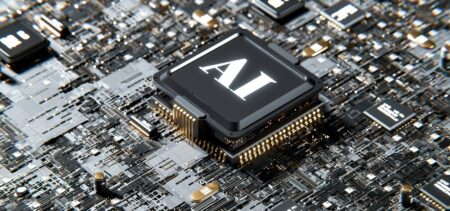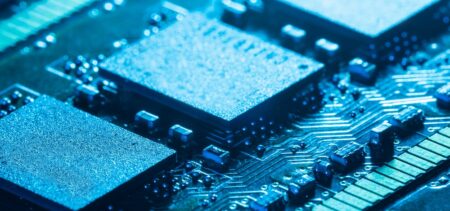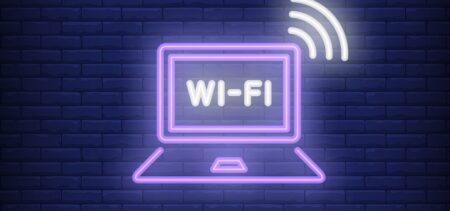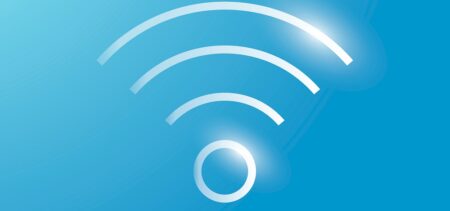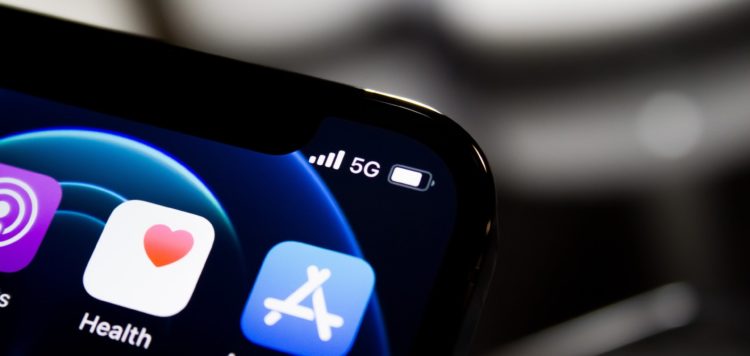Both the COVID-19 pandemic and the crisis it triggered have changed the way people work, communicate, and have fun. This, in turn, has boosted the adoption rate of both 5G and Wi-Fi 6 technologies across the world. As people upgrade their home networks and devices to the latest technologies, they also consider the benefits, costs, and possible disadvantages of such a decision. Higher speed, ease of setup, and a greater capacity to serve multiple users simultaneously may sound like the perfect solution to our everyday problems now when remote working and learning are necessary. But is that all you need to know about 5G and Wi-Fi 6?
As it turns out, both technologies may disrupt the communication protocols of building automation systems, while also changing the way people connect to the Internet of Things (IoT). Linking devices that range from ordinary household objects to sophisticated industrial tools, IoT is probably one of the most important technologies of the digital age. However, when it comes to 5G and Wi-Fi 6, IoT is just one of the technologies and industries to be impacted by the changes to come. Here’s what you need to know about these changes and the way they will influence our digital world going forward:
Adoption of 5G and Wi-Fi 6 Will Boost the Growth of IoT
Because both technologies provide users with greater speed and accessibility, they are also likely to boost the growth of IoT. According to Harikrishnan Manoharan, Senior Research Analyst, TechVision at Frost & Sullivan, “5G and Wi-Fi 6 will have a major impact on the connectivity of building technologies and are likely to accelerate the growth of IoT. 5G can provide greater accessibility when managing buildings more remotely, and Wi-Fi 6 can provide faster data transfer speed between devices and enhance device performance at low energy utilization standards.”
The COVID-19 pandemic has increased the need for smarter homes, cities, and workplaces, thus also setting the ground for the expansion of IoT. It will continue to play a significant role in the following years, as we move to a new normal.
5G and Wi-Fi 6 Will Co-exist to Enable Better Performance
Although some voices say 5G is one of the few technologies that will help upgrade mobile broadband and enable the growth of IoT, most experts agree that 5G and Wi-Fi 6 will co-exist to provide users around the world with better performance. Local area networks (LANs) and wide area networks (WANs) have been operating side by side for some time, and 5G and Wi-Fi 6 will not be the exception to this rule. These are parallel technologies that come with higher speeds, reduced latency, and better overall performance when compared to their predecessors.
Both technologies are designed to provide better performance to users, mobile workers, and companies around the world, and both are expected to introduce a new era of wireless access, according to Cisco – one of the leading American technology companies.
Both 5G and Wi-Fi 6 Will Impact Multiple Industries
The adoption of 5G and Wi-Fi 6 is expected to impact multiple industries across the world. New opportunities are bound to appear as both technologies boost mobile broadband for immersive experience via augmented and virtual reality. With IoT being expected to grow, and machine learning and artificial intelligence making their progress, 5G and Wi-Fi 6 provide new and exciting opportunities to industries such as manufacturing, retail, energy, and education. One of the most important benefits, however, is bound to be linked to healthcare.
5G alone is predicted to transform healthcare by providing patients around the world with new ways of connecting to healthcare providers, while Wi-Fi 6 will certainly have similar results.
The recent COVID-19 pandemic has not only changed the way we live, work, and learn, but also the way we manage diseases and health problems. The telemedicine market will continue to grow long after the end of the pandemic, with healthcare providers remotely monitoring patients and gathering data. While the COVID-19 pandemic has definitely accelerated the adoption of digital health and virtual care, one thing remains certain: there is no going back to older technologies. We will increasingly rely on both 5G and Wi-Fi 6 as we’re heading into the bright future of remote healthcare services.



